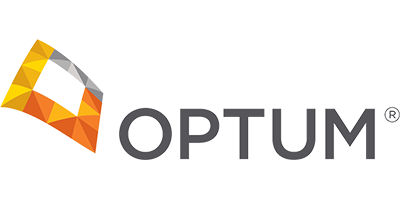In recent years, there has been increasing recognition of the diversity within both the autism and gender identity spectrums. One particularly intriguing area of study is the significant overlap between autism and non-binary gender identities. This intersection offers valuable insights into how we understand both neurological and gender diversity. This article will explore the reasons behind this overlap, the challenges faced by individuals at this intersection, and the importance of inclusive support systems.
Understanding Autism and Non-Binary Gender Identity
Before delving into the overlap, it’s essential to define autism and non-binary gender identity. Autism Spectrum Disorder (ASD) is a developmental condition characterized by differences in social communication, behavior, and sensory processing. It is called a “spectrum” because it encompasses a wide range of abilities and challenges.
Non-binary gender identity, on the other hand, refers to a gender experience that doesn’t fit within the traditional binary understanding of male or female. Non-binary individuals may identify as a mix of both genders, neither, or fluctuate between genders. This identity challenges the conventional gender norms and highlights the fluidity of gender.
The Overlap: Statistical Insights
Research indicates that autistic individuals are more likely to identify as non-binary or gender-diverse compared to the general population.
A study published in the journal “Autism” found that transgender and gender-diverse identities are 3 to 6 times more common among autistic individuals than in the general population. This significant overlap suggests a deeper connection between neurological and gender diversity.
Potential Reasons for the Overlap
1. Cognitive Processing Differences:
Autistic individuals often process information and perceive the world differently. This unique cognitive processing can lead to a questioning of societal norms, including those related to gender. The rigid gender binary may not resonate with autistic individuals, who might find non-binary identities more aligned with their personal experiences.
2. Sensory Sensitivities:
Sensory processing differences in autistic individuals can influence their experience of gender. For example, discomfort with certain clothing or societal expectations tied to gender can lead to a rejection of traditional gender roles. Non-binary identities offer a way to express gender that is less constrained by societal norms.
3. Social Norms and Expectations:
Autistic individuals often experience challenges in understanding and conforming to social norms. This detachment from societal expectations can extend to gender roles, making it easier for autistic individuals to embrace non-binary identities without the same level of internalized pressure to conform.
4. Identity Exploration:
Autistic individuals may engage in more introspective identity exploration, leading them to question and redefine their gender identity. This process of self-discovery can result in the adoption of non-binary identities that better reflect their understanding of themselves.
Challenges Faced by Autistic Non-Binary Individuals
1. Double Discrimination:
Individuals who are both autistic and non-binary may face discrimination on two fronts. They might encounter misunderstandings or prejudice related to both their neurological and gender identities, leading to increased social isolation and mental health challenges.
2. Healthcare Barriers:
Accessing appropriate healthcare can be challenging for autistic non-binary individuals. Healthcare providers may lack understanding or training in either autism or gender diversity, leading to inadequate or inappropriate care.
3. Social Support:
Finding supportive communities can be difficult. While there are spaces dedicated to either autism or gender diversity, there are fewer resources specifically for those at the intersection. This lack of targeted support can hinder individuals’ ability to find acceptance and understanding.
The Importance of Inclusive Support Systems
Creating inclusive environments that recognize and celebrate both neurological and gender diversity is crucial. This includes:
1. Education and Awareness:
Increasing awareness about the overlap between autism and non-binary identities can reduce stigma and promote acceptance. Educating healthcare providers, educators, and the general public about this intersection can lead to more supportive environments.
2. Tailored Support Services:
Developing support services that address the unique needs of autistic non-binary individuals is essential. This includes mental health support, peer groups, and resources that consider both aspects of their identity.
3. Policy and Advocacy:
Advocating for policies that protect the rights of autistic non-binary individuals can help reduce discrimination and improve access to necessary services. This includes legal recognition of non-binary identities and accommodations for autistic individuals.
The overlap between autism and non-binary gender identity highlights the complexity and diversity of human experience. By understanding and supporting individuals at this intersection, society can move towards greater inclusivity and acceptance. Embracing this diversity not only benefits those directly affected but also enriches our collective understanding of identity and humanity.










